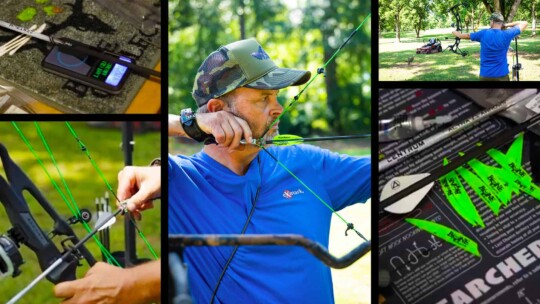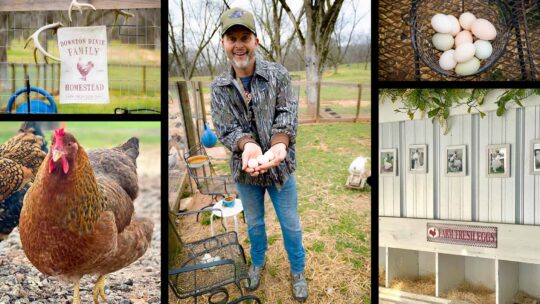When it comes to attracting more big bucks to your property, food plots can make a world of difference. In this Backyard Life video, Bone Collector host and world-renowned hunter Michael Waddell explains what goes into establishing a really good food plot. While there are many ways to approach them, here are Waddell’s top deer food plot tips.
Why Establish a Deer Food Plot
One of the reasons food plots are so important, says Waddell, is that wildlife “baiting” isn’t legal in many states. So, the only way you can introduce any type of food source is by actually planting it. And, this can be accomplished on just about any area of your property, he notes. Be it on a quarter acre, half acre, or even on an entire farming operation.
Basically, a food plot is a means to grow something that will attract deer for feeding. “When you’re putting in a food plot, you’re simply providing food,” he says. But, in reality, “You’ve got to have the acreage. You’ve got to have an open area, depending on what type of crop or attractant you decide to put on there.” Wondering what to plant in a food plot? Waddell points out that you can plant clover, oats, wheat, or chicory, among other things. There are a lot of different options, and what you choose really depends on the area of the country you’re planting in.
4 Deer Food Plot Tips
1. It Starts With the Soil
Another important consideration is understanding your soil, and the kind of seeds you’re going to plant in it. Waddell emphasizes that different areas within your property—and different regions across North America—have different soil types. Based on that, he recommends taking soil samples, which can then be analyzed by your local agricultural service. “They can give you a soil sample reading that tells you exactly what type of fertilizer you need.” There are a number of different fertilizer types you can use, based on the amount of nitrogen, zinc, or calcium your specific soil needs.
2. Fertilizer is Key
Waddell uses liquid fertilizer. In fact, it’s his own Bone Collector Buck Gro formula, and, “It seems to work good,” he says. “Our formula covers the spectrum when it comes to calcium, nitrogen, or the micronutrients the soil might need.” If you’ve got poor soil, you’re not going to grow a fertile plant that the deer are attracted to. So, fertilizer is key.
3. Plant When Rain is Likely
If you can, Waddell says, time the planting of your food plot with when rain will most likely fall on it. To plant seeds, he uses a seed drill pulled behind a tractor.
4. Plant Protein-Rich Seeds
And, for the summer food plot, Waddell plants soybeans. As for his favorite seed type to plant, he likes porridge oats and clover. “I’m a big fan of Dr. Cole. And, he’s always said those are the two things he thinks are the best across North America.”
If you have an opportunity and can financially afford it, try putting out some protein-rich plants like soybeans. In doing so, all of the deer on your property have an opportunity to come feed on it, and put on a lot of mass. “They get a chance to eat that protein, and then, come fall, you can either tear it back up or redrill it.” As he wraps up, Waddell looks to the sky and acknowledges he’s timed his planting just right. “You’ve got to have rain on your plants, and we’re about to get some on these. So, we’re ready to go!”



